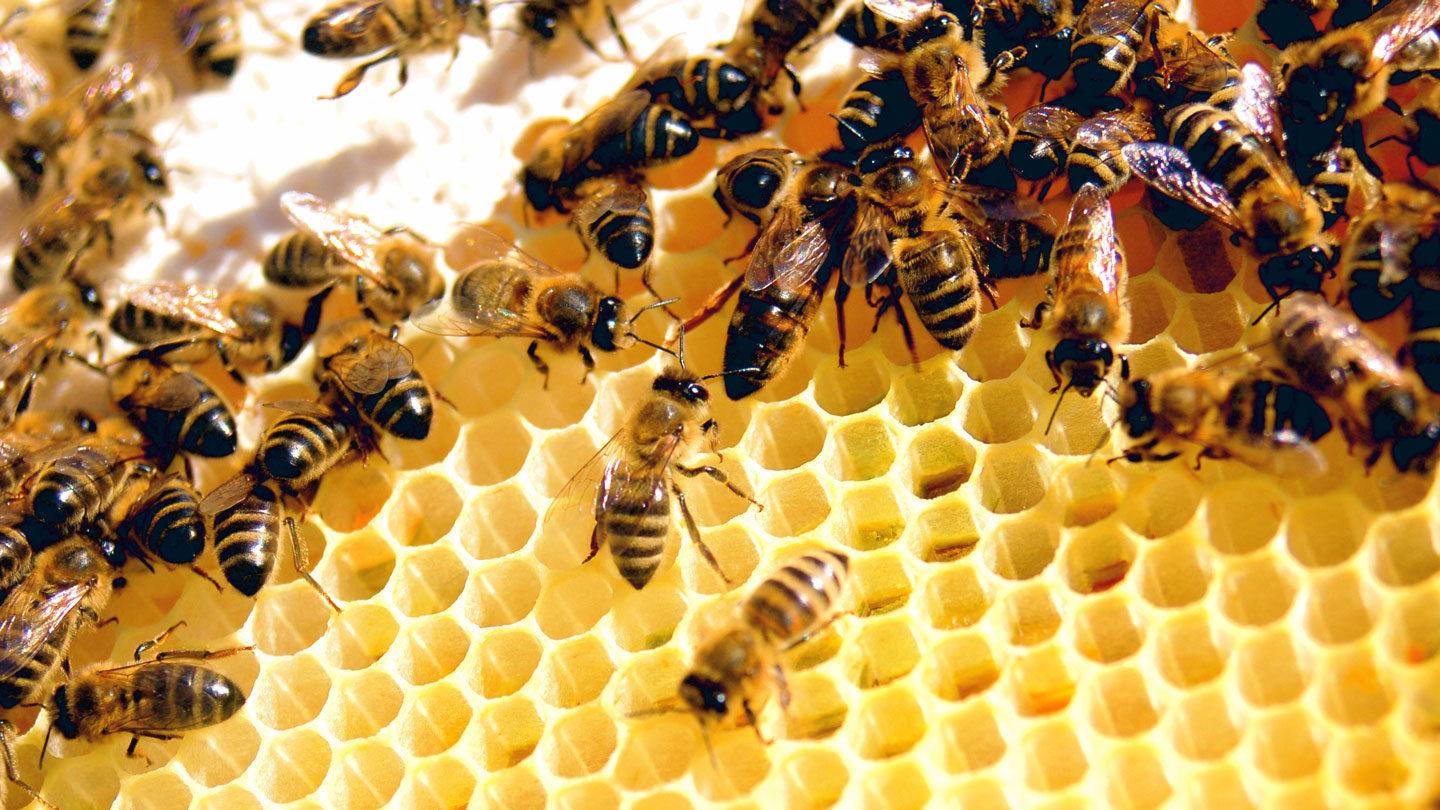Honeybees and yellow jackets don’t look much like mathematicians — for one thing, they’re smaller. But collectively, the insects can solve a common architectural conundrum using a geometric solution that they evolved independently of each other.
“We’ve known for a long time that the hexagonal comb bees and wasps use is the most efficient, stable shape,” says Lewis Bartlett, a honeybee biologist at the University of Georgia in Athens who was not involved with the study. “But mixing different-sized hexagons is tricky.”
Social insect colonies, like those of honeybees and some wasps, are run by female workers who raise the offspring of their mother, the queen. They do this in hexagonal cells that honeybees build out of wax and wasps construct from paper (SN: 9/2/21). At a certain point in its life cycle, the colony needs to switch from raising workers to raising reproductives, like males and new queens. These reproductives are often bigger than the workers, which means the hexagonal cells need to get bigger too.
“Think of someone tiling your bathroom floor,” says Michael Smith, a biologist at Auburn University in Alabama. “If you have two different sizes of hexagons, and you’re going to group the small ones on one side and the big ones on the other side, you’re inherently going to have some kind of an issue when you try to fit them together.”
2023-07-27 13:00:00
Link from www.sciencenews.org
